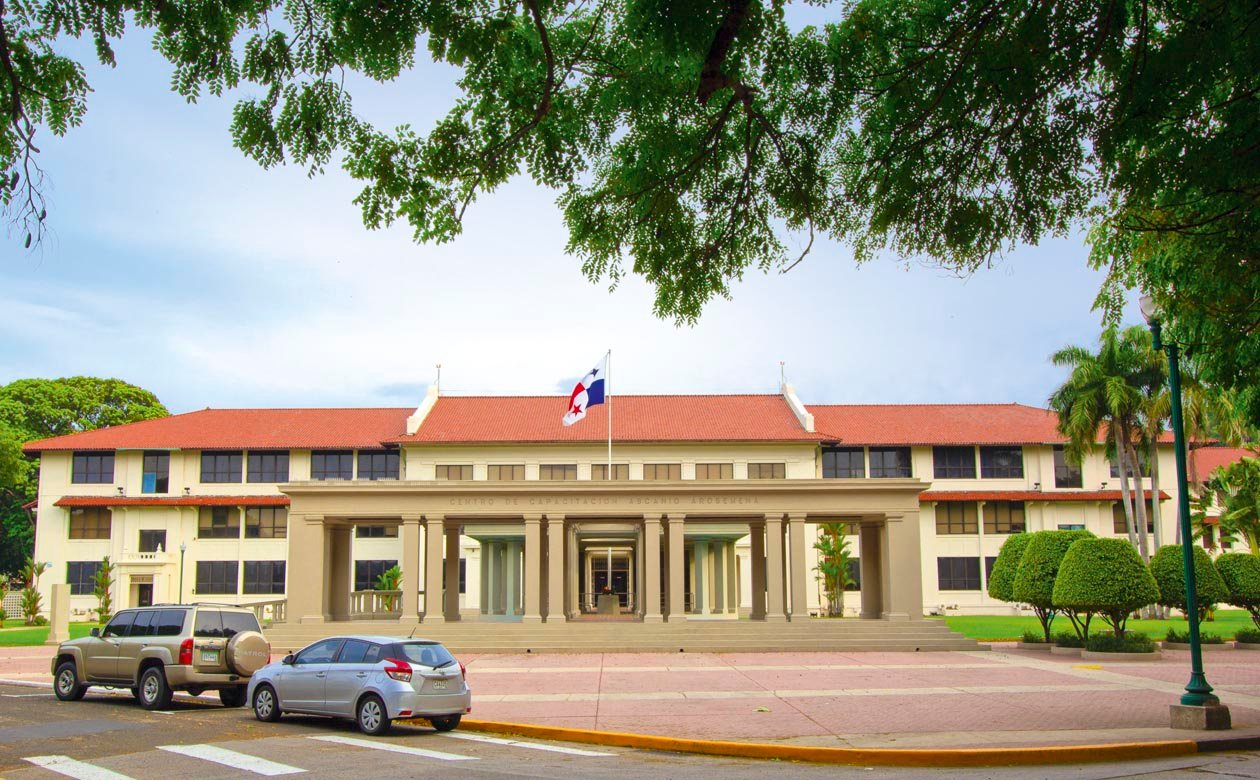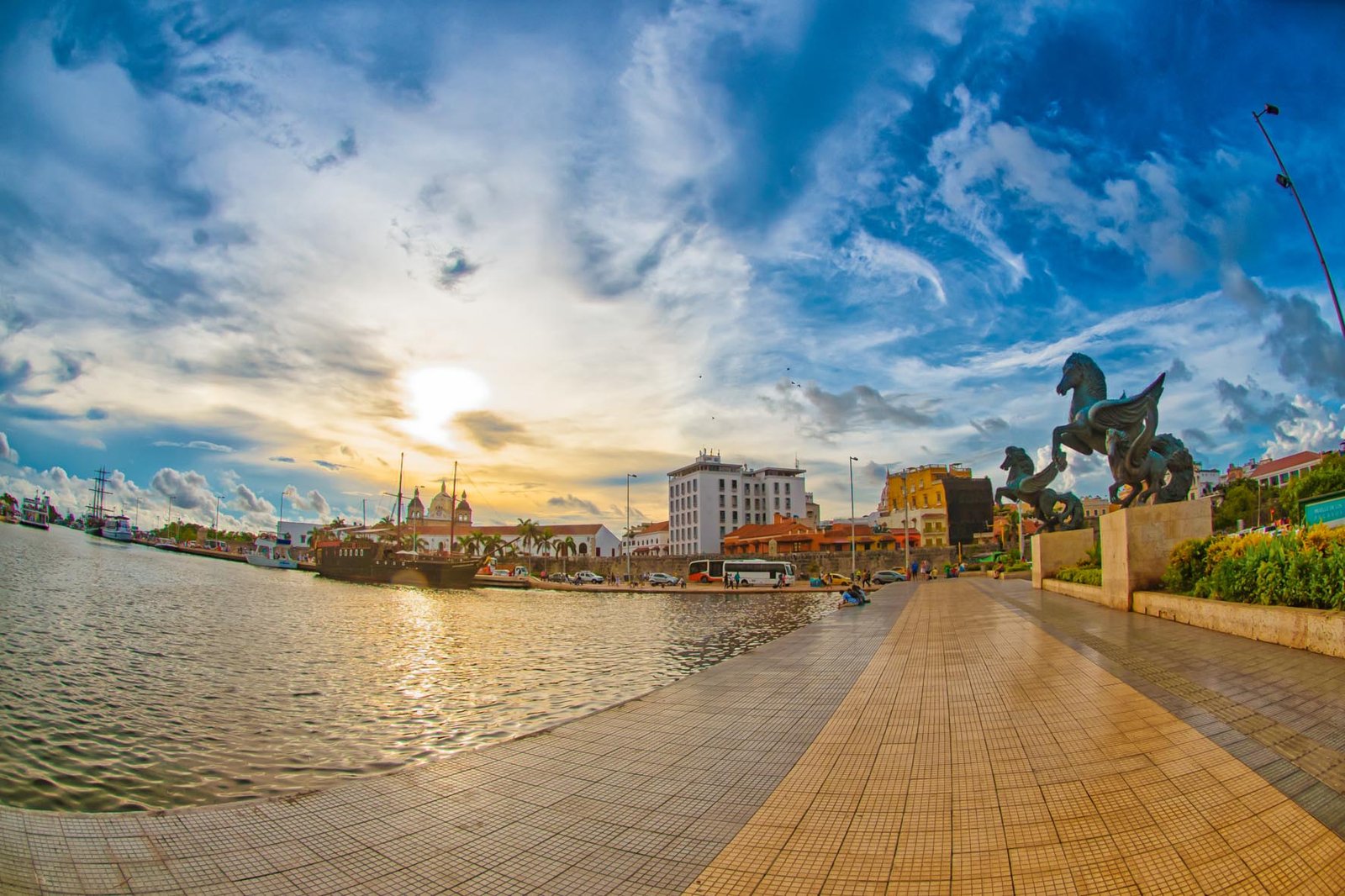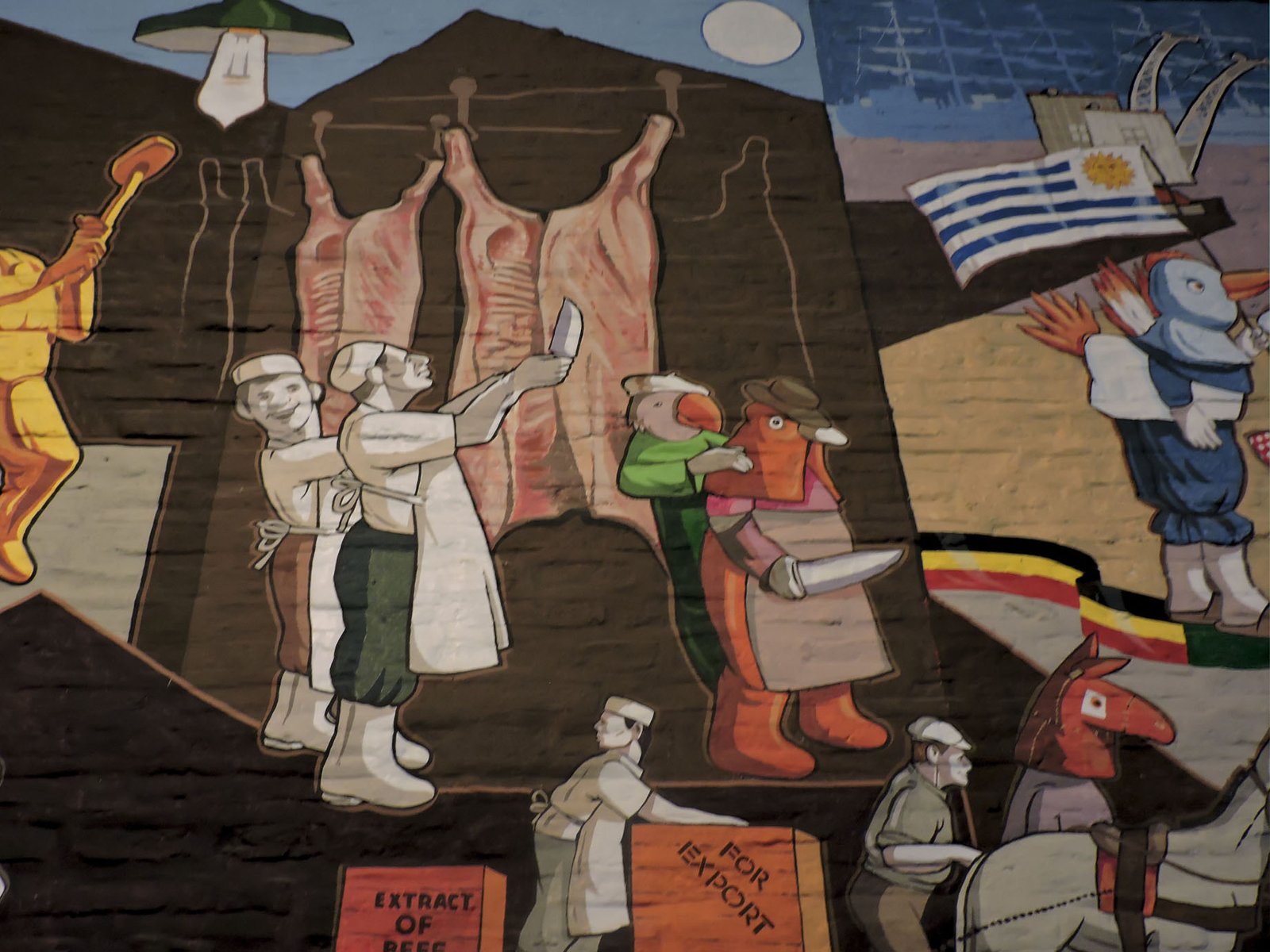
The City as a Museum
By: Margarita de los Ríos
Photos: Demian Colman
To see the city as a museum, we must look at its buildings with fresh eyes, discovering the history behind the facades. The Panama City municipal government and the UN Development Program designed the Panama City Museum in commemoration of the city’s 500th anniversary. The offerings appeal to both foreign visitors and Panamanians. The idea is to walk through the streets as usual, but with special attention to the buildings, finding an anecdote, a bit of history, a collection, or a different viewpoint along the way.
The circuit, which covers parts of the districts of Calidonia, Ancón, Bella Vista, and San Felipe, can be followed at any time and the guides are always available: they are found on the geo-tagging app Panamá500, which can be downloaded to your cell phone.
There are many possible routes and different ways of traversing them, but we offer a few suggestions.

Route 1
Belisario Porras: The Pharaoh-President
After being politically persecuted and losing his citizenship and then regaining it with honors, Belisario Porras began the first of three consecutive presidential terms in 1912, when the Panama Canal was nearly ready to be inaugurated. He was known as the Pharaoh-President because he spearheaded many significant public works projects. Some of the most memorable are located in the La Exposición neighborhood, which he designed to celebrate the 400th anniversary of the discovery of the South Sea, and what became known as the Panama National Expo (1915), which was organized to introduce the Panama Canal to the world.
The exposition was eclipsed by the outbreak of the First World War, which forced some countries to decline the invitation. Nonetheless, this was a crucial moment for Panama: the city grew beyond its former enclosure in the Old Quarter and Santa Ana, and began to expand toward the east in an organized fashion.

St. Thomas Hospital
The route begins at Balboa Avenue and Calle 34 Este, in the gardens of the St. Thomas Hospital, where you can admire what was once called a “white elephant” by critics who felt it was “oversized.” The hospital opened in 1924 and thirty years later it was so overcrowded it was not able to admit its creator during his final illness. The building, along with its nearly 5 acres of gardens, was designated a National Historic Monument in 1986.

Balboa Monument
The separation from Colombia and the U.S. presence in the country have given Panama a preoccupation with national symbols. In Vasco Núñez de Balboa, Porras found a figure that allowed him to emphasize the city’s Hispanic roots and the 400th anniversary of the discovery of the South Sea provided all the motivation he needed to construct a statue. He commissioned the monument to include a sword pointing to the sea and a marble base reflecting the four regions of the world and the four races, but he failed to pay tribute to Panquiaco, the indigenous man who guided Balboa.

Ecuador Avenue
A few yards to the west, along Balboa Avenue, lies the geographic center of the La Exposición neighborhood: Ecuador Avenue, which linked the sea with the heart of the neighborhood in what used to be Plaza de Cervantes and is now Porras Park. The recently refurbished avenue boasts wide sidewalks and new benches and forms part of a pedestrian route that seeks to reinvigorate the neighborhood.

Porras Park
This park was dedicated to Cervantes, but upon the death of President Porras in 1924, the plaza underwent a name change and the monument to Cervantes was transferred to the University of Panama. The monument to Porras, built nearly 25 years later, represents liberty and democracy in the form of two women.

Public Prosecutor’s Office
The building that now houses the Public Prosecutor’s Office was built as the Pavilion of the Arts for the National Expo. It has been used in various capacities over the last hundred years; the last tenant before the building fell into disuse was the Ministry of Foreign Affairs. Due appreciation for the structure and handing it over to the Public Prosecutor’s Office has returned the building to its former splendor.

Gobernación
Designed for the exposition as the Government Pavilion, the building served as the headquarters of the Panamanian Red Cross, the Republic of Chile School, and one of the buildings of the Ministry of Foreign Affairs. In the 1940s, it was the seat of Government for a couple of months before being temporarily abandoned. The Panamanian government restored the building to its former glory and maintains it in pristine condition.

Embassy of Cuba
The building to be occupied by Cuba during the exposition was designed as a comfortable two-story house. It faces Cuba Avenue near Perú, México, Ecuador, and Chile Avenues, denoting the location of the pavilions of those countries. Of the 35 buildings constructed for the expo, only 4 survive to this day.

Porras House
One of the plaza’s corner lots was eventually bought by President Porras for his own neo-classical style house. It was later acquired by the Public Prosecutor’s Office to serve as its headquarters, expanding the building and giving it a new life.

El Hatillo
The La Exposición neighborhood was built on what was once a cattle camp known as El Hatillo. The Panama Hospital, demolished at the beginning of the 1970s, was built on the empty lots left behind after the National Exposition. What used to be the tallest building in Central America and the Caribbean —two seven floor towers atop two levels of inside parking— also rose here. This building currently serves as municipal offices.

Gorgas Memorial Institute
The Gorgas is one of three Panamanian buildings with Egyptian elements, in this case, columns ending in lotus capitals. It pays tribute to doctor and military man William Gorgas, who managed to control yellow fever, thus enabling construction of the Panama Canal.

National Bank House Museum
Built by architect Leonardo Villanueva Meyer, it was restored for the museum in 2013 at a cost of 375,000 dollars. It houses the José Agustín Arango Library, specializing in banking, administration, and commerce. The library’s collections include stamp and coin collections, a pictorial collection, and the oldest collection of photographs in Panama.

National Archives
The National Archives building opened shortly after the Balboa Monument and the St. Thomas Hospital were built. It houses extremely valuable original documents such as a file on taxes paid to the Spanish Crown in 1572, the testimony of witnesses to the Watermelon War in 1856, and the original of the Wisconsin Treaty that put an end to the Thousand-Day War on November 21, 1902.
This building is also home to one of the City Museum’s inaugural exhibits: “To the Sound of Coconuts: Urban Planning in the City,” which invites people to reflect on the city’s current problems.

Route 2
Martyrs of January 9
On the afternoon of January 9, 1964, a group of students from the National Institute marched toward what was then the Canal Zone to ask the U.S. authorities to raise the Panamanian flag as a sign of respect for the agreements signed by the United States and Panama. They were met by a screaming, shoving mob. Amid the commotion, the Panamanian flag was shredded, unleashing a wave of violence that ended in an armed confrontation between civilians and the military, leaving 22 Panamanians and 4 U.S. citizens dead.
These events triggered the negotiations that would end in the dismantling of the Canal Zone and the reversion of the Canal and the surrounding areas to Panamanian control.

National Institute of Panama
Popularly known as the “Eagles’ Nest,” this public school, founded in 1909, was moved to its current location in 1911. It was designed by Italian architect Genaro Ruggieri and built by engineer Florencio Armodio Arosemena. The two sphinxes that guard the door were carved in bronze by sculptor Gaetano Chiaremonte in Italy. They symbolize wisdom and brilliance: the head represents reason, the body the strength and endurance of a lion, and the wings freedom.

Ascanio Arosemena Institute
An eternal flame burns at what is currently a training center for Canal employees. However, this was once Balboa High School, where students from the National Institute tried to raise the Panamanian flag. That day, U.S. students, teachers, and parents refused to respect the agreement and instead humiliated the Panamanian students, setting off the riot.



